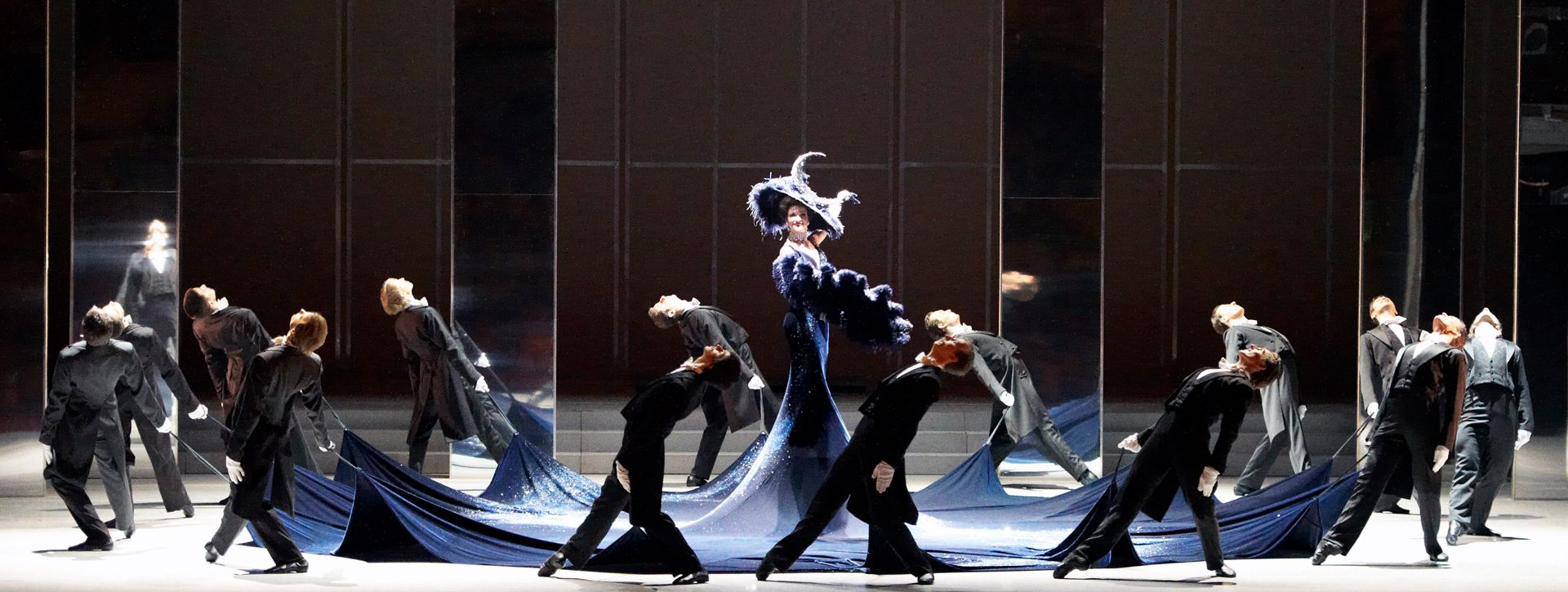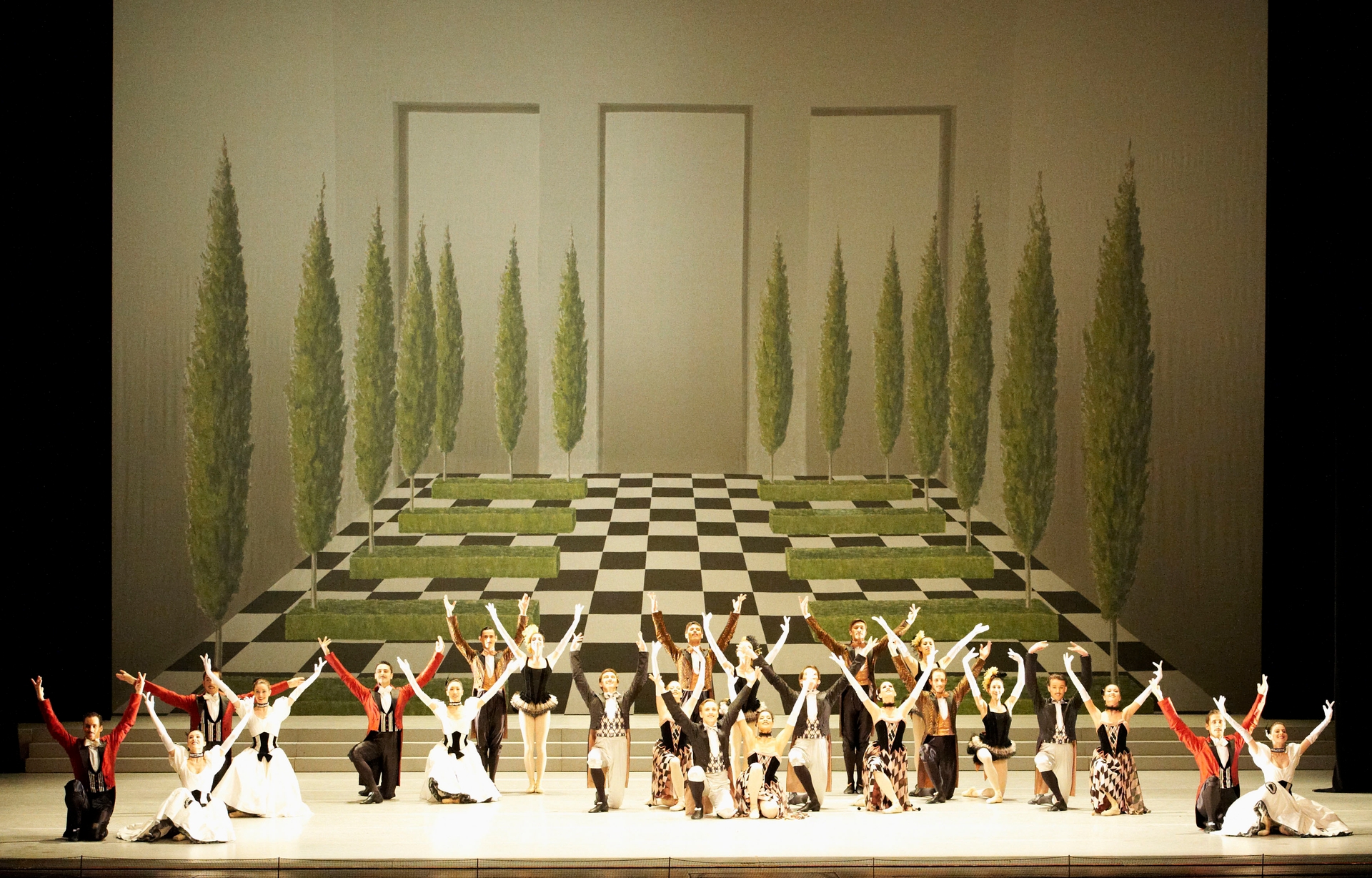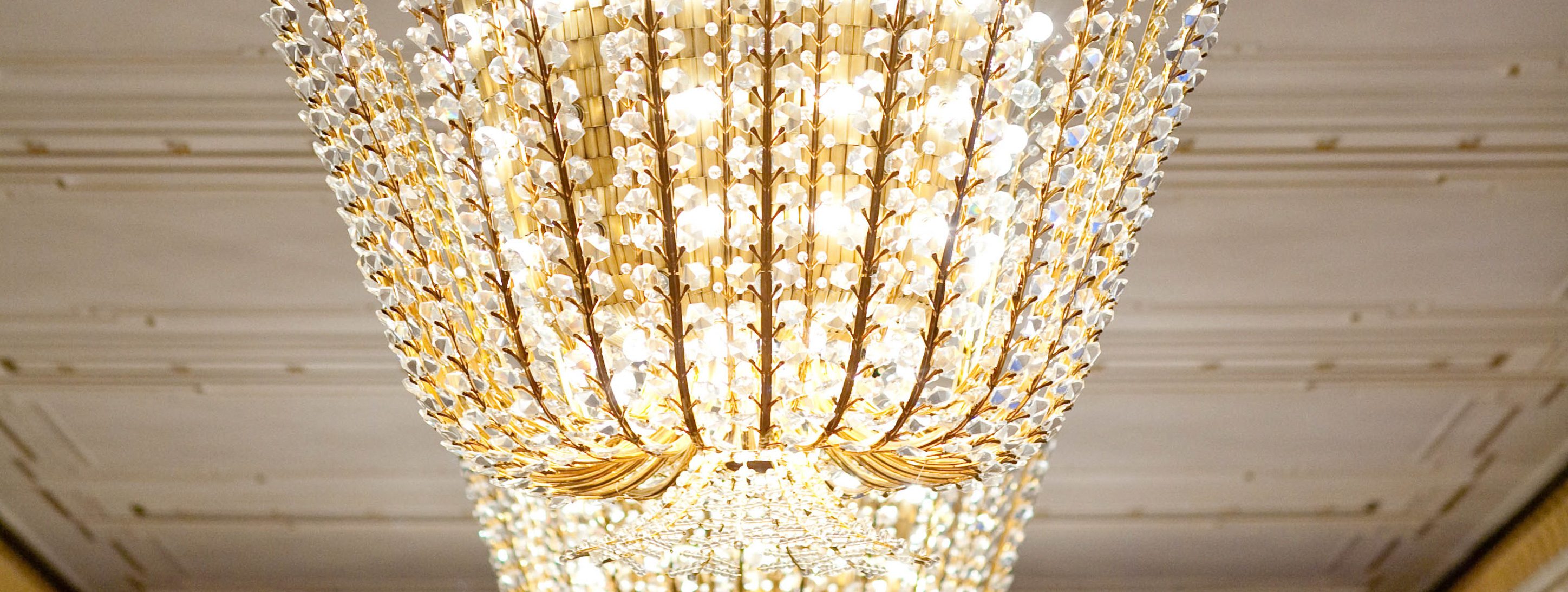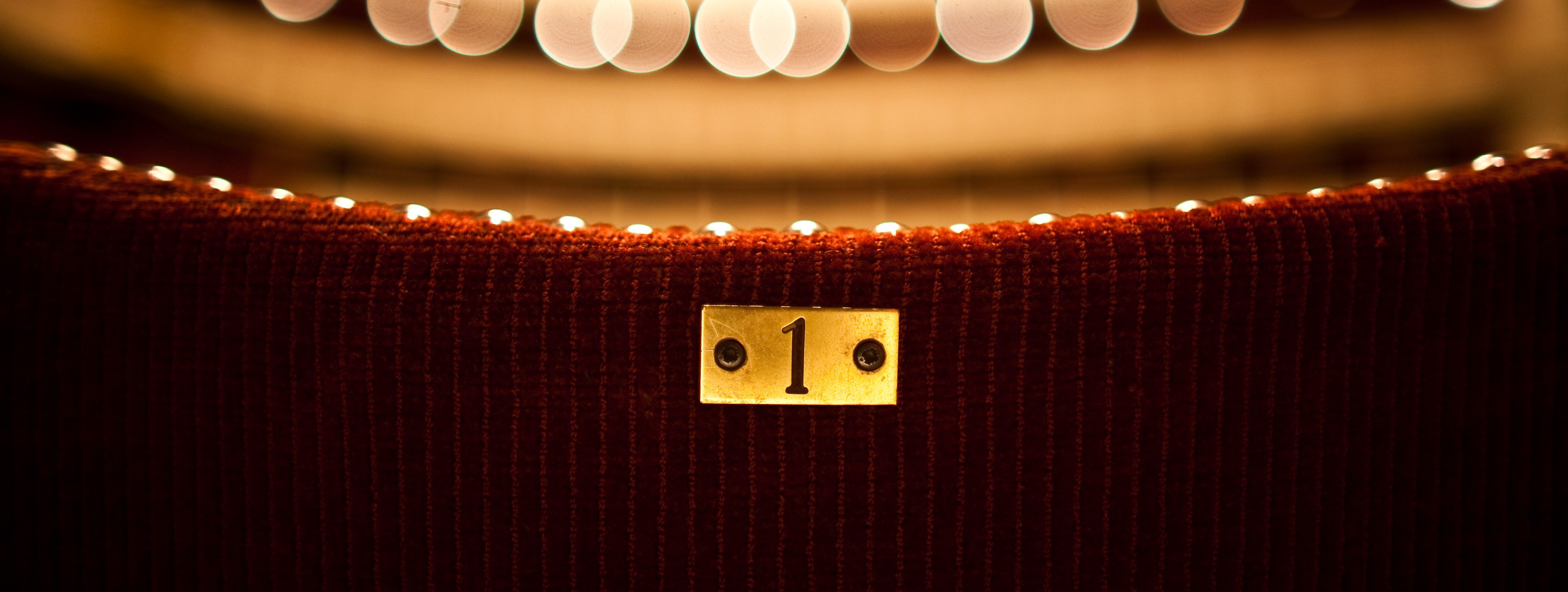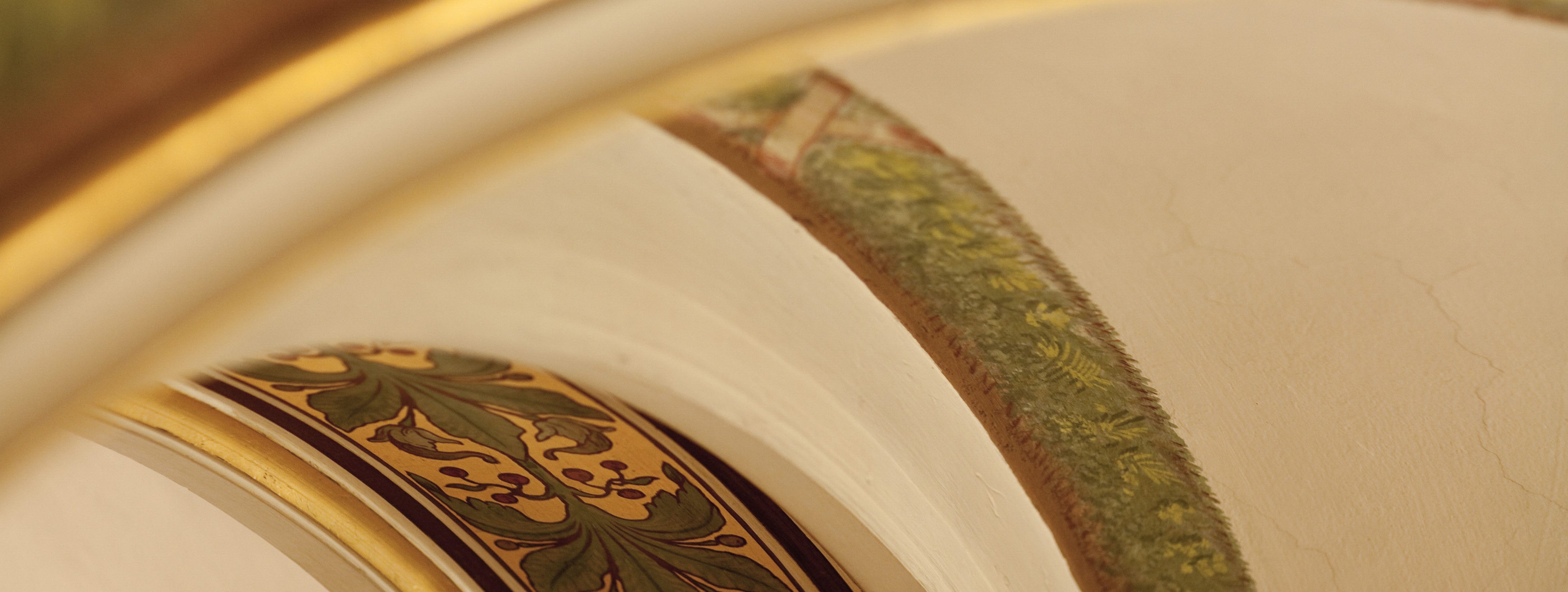About the Production
Humour meets elegance, classical ballet meets pantomime and slapstick, waltz dance meets the cancan.
Roland Petit’s ballet, freely adapted from the operetta of the same name, is a true dance spectacle set to well-known and much-loved melodies by Johann Strauss (son) and is returning to the stage of the Vienna State Opera in time for the Strauss Year 2025.
Die Fledermaus
Storyline
Scene 1
Bella is a well-off lady who lives in a plush apartment somewhere in Vienna, Budapest, or another city – it matters not, providing it is a capital city in the former Austro-Hungary. Does Johann, Bella’s husband, love his wife? That is the question. And then there is Ulrich, a friend of the family. What does he expect from Bella? There he is! He always arrives at just the right moment with presents for everyone. But why is he giving those scissors to Bella?
Scene 2
In Bella and Johann’s bedroom. Once the light is out, the truth bursts out before the astonished young woman’s very eyes: her husband turns into a bat and flies away.
Scene 3
Ulrich rushes to her. He promises that in the big trunk he has brought he has the only thing that can help in such a situation. He gives her his advice: “If you want to keep hold of a frivolous husband, be both always the same and always different. Don’t let your husband get away with metamorphosis”. There follows a lesson in laughter, charm, and trickery.
Scene 4
It is night, and the air is filled with the noise of women. Johann, who has left his wings in the cloakroom, is having “a pleasant time”. But unbeknown to him, Bella, emboldened by the lessons from her charm teacher, is watching over him. Will he recognize her? She disappears, reappears, each time looking different, each time unrecognizable. Ulrich’s advice pays off. Johann, himself astonished, puts his bat wings back on and flies off in pursuit of the unknown woman.
Scene 5
At a masked ball, Bella makes a grand entrance, pursued by her husband, who has still not recognized her and who, ever more insistent, is trying to seduce her. Ulrich dodges in and out of the guests so as not to miss anything as his amazing plan bears fruit. When Bella appears in a costume in the lead role of the night’s main entertainment, Johann, dressed as a bat and giving in to the irresistible attraction he feels for the unknown beauty, tries to grab her. The woman resists, some gentlemen intervene, and blows are exchanged. The arrival of the chief of police and his henchmen puts an end to the fuss. The waltz restarts, but without Johann, who is thrown in jail.
Scene 6
There is Johann in the cell. There he is locked up. No more waltzing. Love is now something for other people. He no longer has a place among the singers of serenades; other voices than his own will be speaking of love under women’s balconies. But suddenly the unknown woman he is obsessed with appears. She orders the police chief to free his prisoner. Alone at last, everything is resolved. The husband behaves like a lover, the wife is a mistress, while Ulrich, who crafted this whole scheme, continues to observe them. Just as the husband succumbs to the seduction of his wife, Ulrich holds out a bag to Bella, from which she takes the precious scissors. Without hesitation she cuts the bat’s wings, just as Delilah cut Samson’s locks.
Scene 7
Slippers as a measure of marital happiness. Bella, having recovered from anxiety, doubt, champagne and madness, has become again the untroubled lady whom we saw when the curtain rose. With order restored to the household, what is there left to do? We are in the land of the waltz. So, ladies, gentlemen, dance, and let the music take you away.
In addition to music from the operetta Die Fledermaus, conductor and arranger Douglas Gamley used the following compositions by Johann Strauss (son) to compose the music for Roland Petit’s Die Fledermaus: the fast polkas Leichtes Blut and Unter Donner und Blitz, the march Es war so wunderschön, the waltzes Wo die Zitronen blüh'n, Neu Wien, Künstlerleben and Wiener Bonbons, the polka française Etwas Kleines, the polka Mazur Waldine and the overture to Eine Nacht in Venedig. In addition, the waltzes Dorfschwalben aus Österreich and Sphärenklänge by Josef Strauss as well as the Pizzicato Polka by Johann and Josef Strauss were included in the score.
